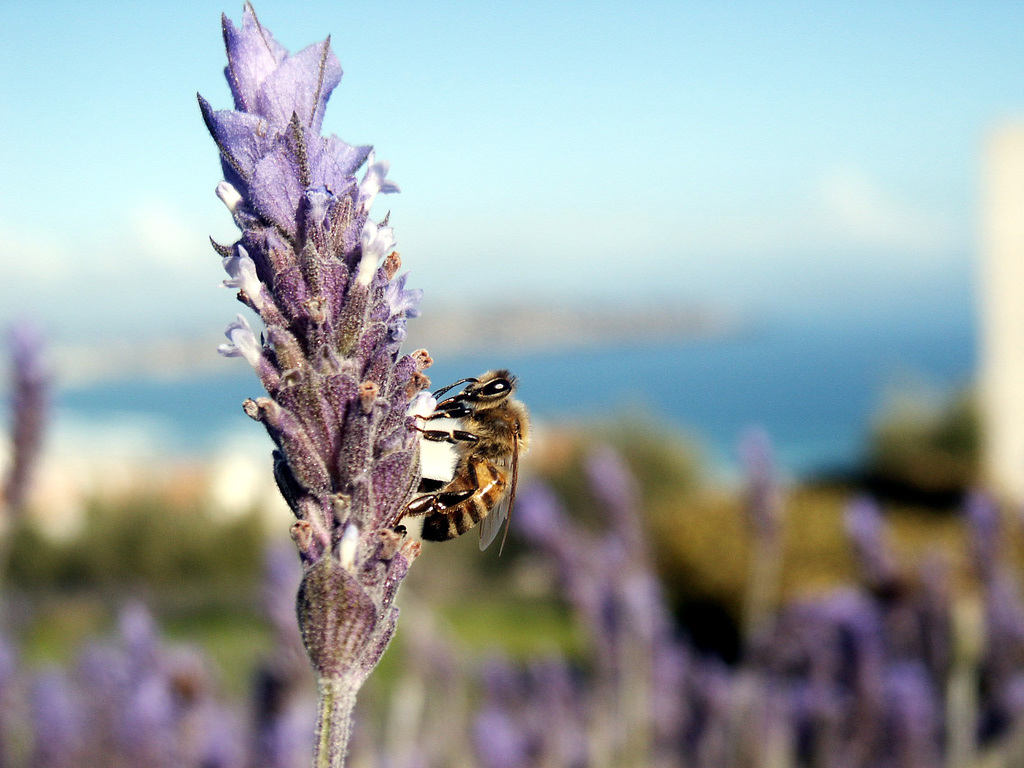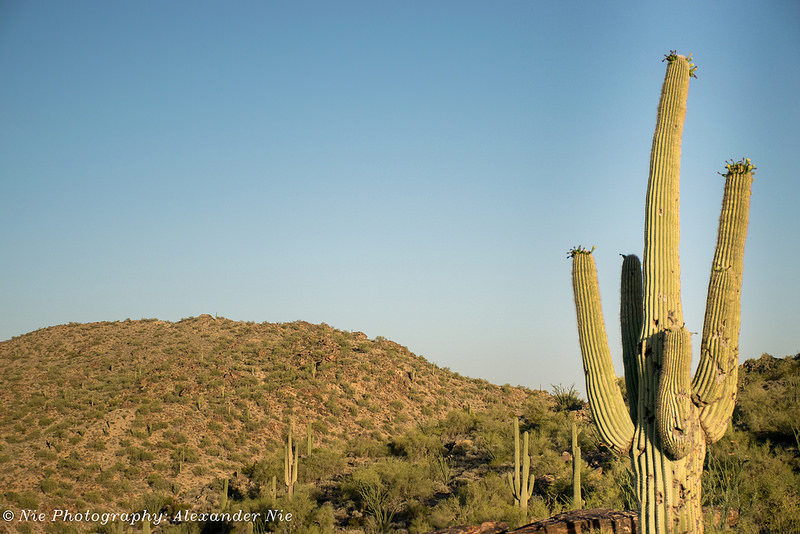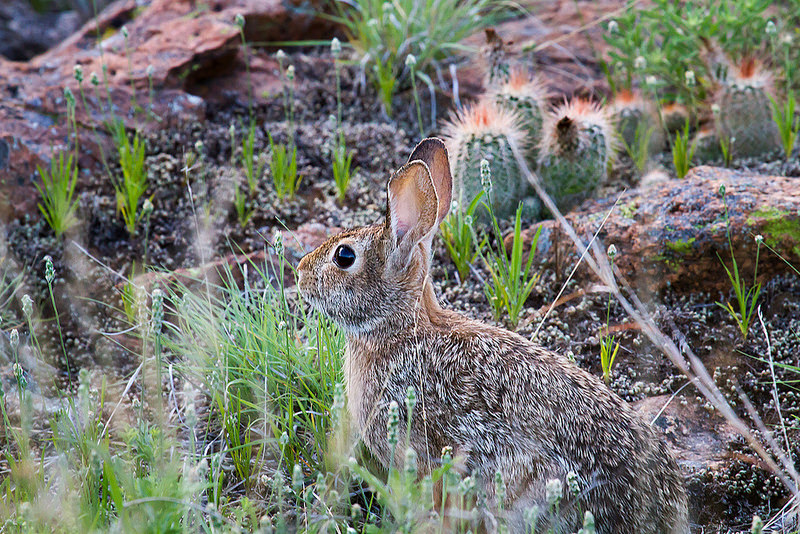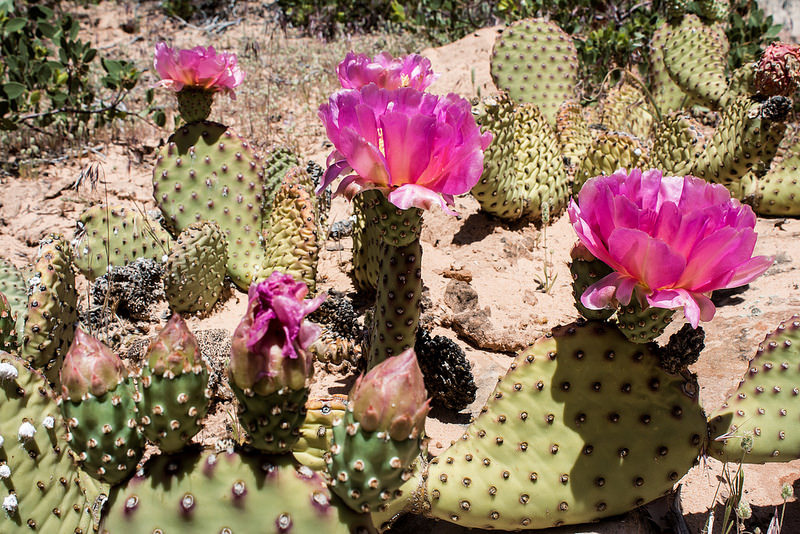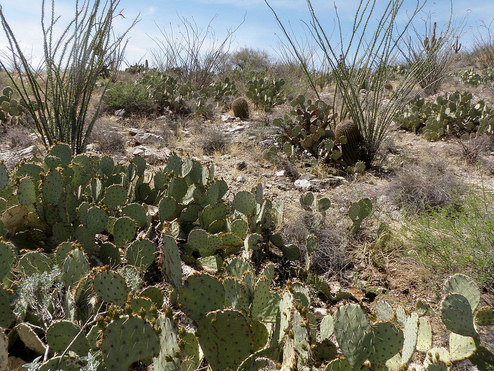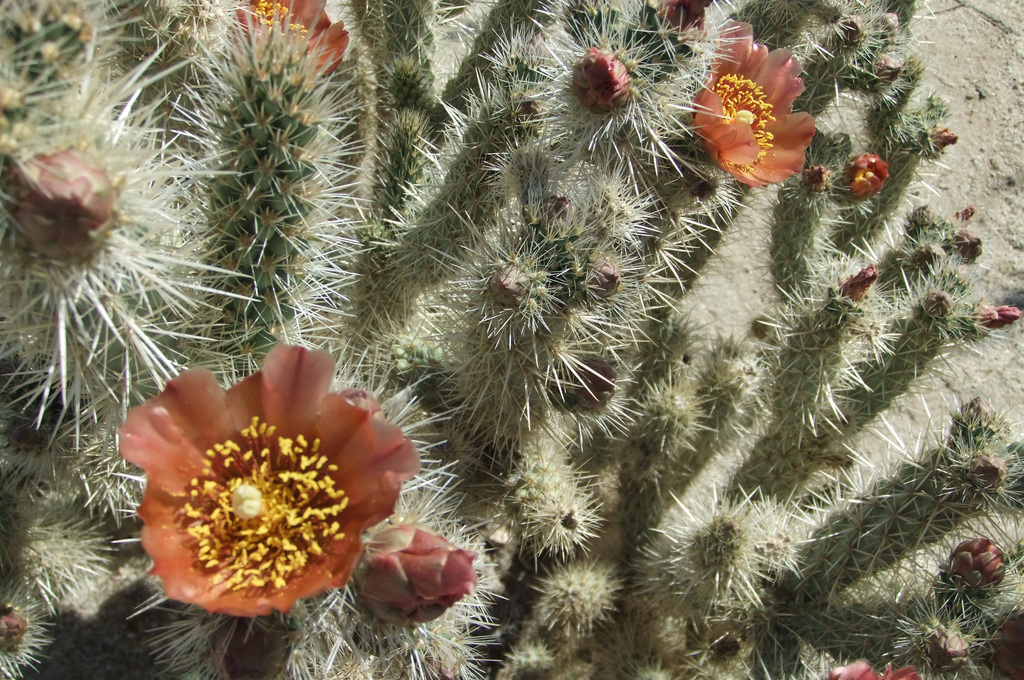HIKE CAMELBACK SUPPORTS HIKING SEASON OCTOBER - APRIL. IF YOU CHOOSE TO HIKE IN ARIZONA'S SUMMER MONTHS, PACK PLENTY OF WATER, HIKE EARLY IN THE AM AND IN THE EVENING BEFORE SUNSET. AVOID MID-DAY HOURS. TAKE BREAKS. HIKE SMART.
The
|
The RattlesnakeThe Rattlesnake is not an ideal animal to encounter on the mountain. They most commonly come out in the hottest months and during darker times of the day and night.
If you come across a rattler, stay calm until it slithers away. Always look where you are placing your hands and feet as these guys like to peak out of rocks. If you don't have headphones in, you'll be able to hear their signature rattling tail as a warning. |
The Turkey VultureThe Turkey Vulture is one of the most common vultures, known commonly as a buzzard. It has keen eyesight and sense of smell, often flying low to the mountain in search of gases excreted by decaying animals. They do not flap often in flight and lack the common vocal organ of most birds.
|
The Prickly PearThe Prickly Pear is beautiful genus of cacti. It grows with rounded cladodes that look like 2D pears. The Prickly Pear (formally known as the Opuntia) has two types of spines (prickly thorn things). One type is long and smooth and fixed. The other type is called glochids. They're tiny hairlike prickles that will jump out and onto your clothes or into your skin if you get too close! So keep a little distance.
|
The Barrel CactusThe Barrel Cacti are native to the southwestern deserts in North America. Believe it or not, people travel from all over the world to see this interesting species. The Barrel range in size from one foot to three foot, and in some regions (like here!) reach up to ten feet!
The aged Barrel Cactus will spawn flowers. Native American used to collect these flowers in cases of extreme droughts. Don't be fooled by the Barrel's aesthetic draw and tophat of flowers. It is one of more dangerous cacti to encounter. It's spines are extremely sharp and tough and can puncture the skin deeply. Be sure to seek medical consultation should you get into a rumble of sorts with a Barrel. |
The Jumping ChollaThe Jumping Cholla is native to southwestern USA and to Sonora. Its population is most dense in Sonora, but we see it sporadically here in Arizona. The Jumping Cholla got its unforgettable name from the plant's signature "jump" upon the lightest touch.
The Jumping Cholla produces juicy fruit on which animals in the desert rely for food and water. |
Have more amazing photos you'd like to see featured on this page? We'd love to feature them! Email [email protected] with your photos and contact information. Thank you!





